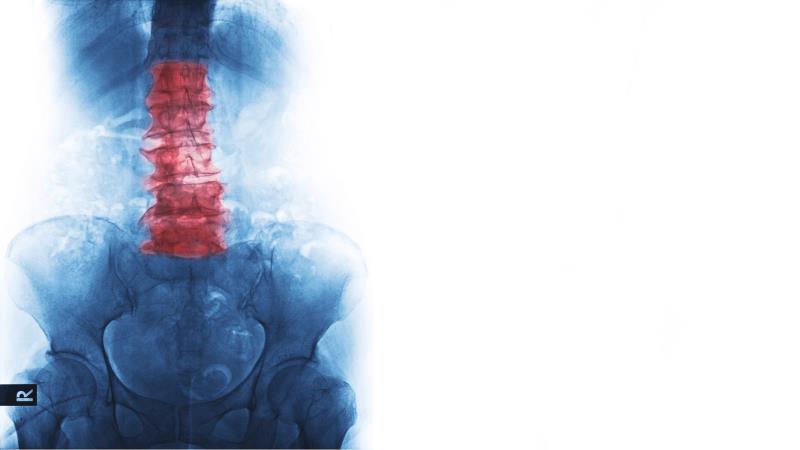
The high-affinity interleukin-17A (IL-17A) monoclonal antibody ixekizumab – which has already gained approval for the treatment of radiographic axial spondyloarthritis (axSpA) – demonstrated superiority over placebo for the treatment of nonradiographic(nr)-axSpA, results of the COAST-X trial show.
“[This] is the first study to show efficacy of an IL-17 inhibitor in patients with nr-axSpA, where only evidence for [tumour necrosis factor (TNF)] inhibitors previously existed,” said the researchers. While most TNF inhibitors are approved in most countries, the first bDMARD* for nr-axSpA, certolizumab pegol, was only approved in the US in March 2019. [Arthritis Rheumatol 2015;67:2702-2712; Curr Rheumatol Rep 2019;21:35; Arthritis Rheumatol 2019;71:1101-1111]
“Thus, there remains an unmet need globally for patients with nr-axSpA … [Our findings suggest] that blocking IL-17A is a potential treatment option for patients with nr-axSpA … with inadequate response or were intolerant to NSAID** therapy,” they added.
This 52-week, double-blind trial comprised 303 adults with active nr-axSpA from 107 sites in 15 countries in Europe, Asia, and North and South America. Participants were randomized 1:1:1 to receive subcutaneous ixekizumab 80 mg either Q4W or Q2W, or placebo. Switching to open-label ixekizumab Q2W or changing background medications, or both, was permitted after week 16 at the investigator’s discretion. [Lancet 2020;395:53-64]
Both Q4W and Q2W ixekizumab doses gained the upper hand over placebo as reflected by the fraction of participants who achieved ASAS40*** response at week 16 (35 percent vs 19 percent; odds ratio [OR], 2.36; p=0.0094 [Q4W] and 40 percent vs 19 percent; OR, 2.78; p=0.0016 [Q2W]) and week 52 (30 percent vs 13 percent, OR, 2.82; p=0.0045 and 31 percent vs 13 percent, OR, 2.85; p=0.0037, respectively).
The higher ASAS40 response rates with ixekizumab were already evident as early as week 1 (14 percent; p=0.0077 [Q4W] and 12 percent; p=0.0123 [Q2W] vs 1 percent [placebo]).
The low number of placebo recipients achieving ASAS40 response at week 52 is an indication that active nr-axSpA does not remit spontaneously and cannot be controlled with nonbiologic agents, pointed out the researchers. “This … highlights the limitations of nonbiologic treatments in patients with active disease, objective signs of inflammation, and previous failure of NSAIDs.”
At least one treatment-emergent adverse event (AE) was reported by 66, 77, and 57 percent of participants in the ixekizumab Q4W, ixekizumab Q2W, and placebo arms, respectively, the most common being nasopharyngitis and injection site reaction (ixekizumab arms). Only one case of serious infection was reported in the ixekizumab Q4W arm, and there was a low frequency of serious AEs across the three arms.
The significant improvement in disease activity with ixekizumab underscores the role of IL-17A in the pathogenesis of nr-axSpA, noted the researchers. Moreover, the long-term efficacy of ixekizumab is supported by the high fraction of participants who switched to and remained on open-label ixekizumab until week 52 (88 percent). “[This suggests] that most physicians and patients chose to remain on the drug.”
“[Furthermore, regardless] of the high proportion of patients who switched to open-label ixekizumab … the primary endpoints and major secondary endpoints at weeks 16 and 52 were met, which supports the robustness and reliability of the treatment effect of ixekizumab,” said the researchers, thus underpinning the therapeutic role of ixekizumab in this setting.